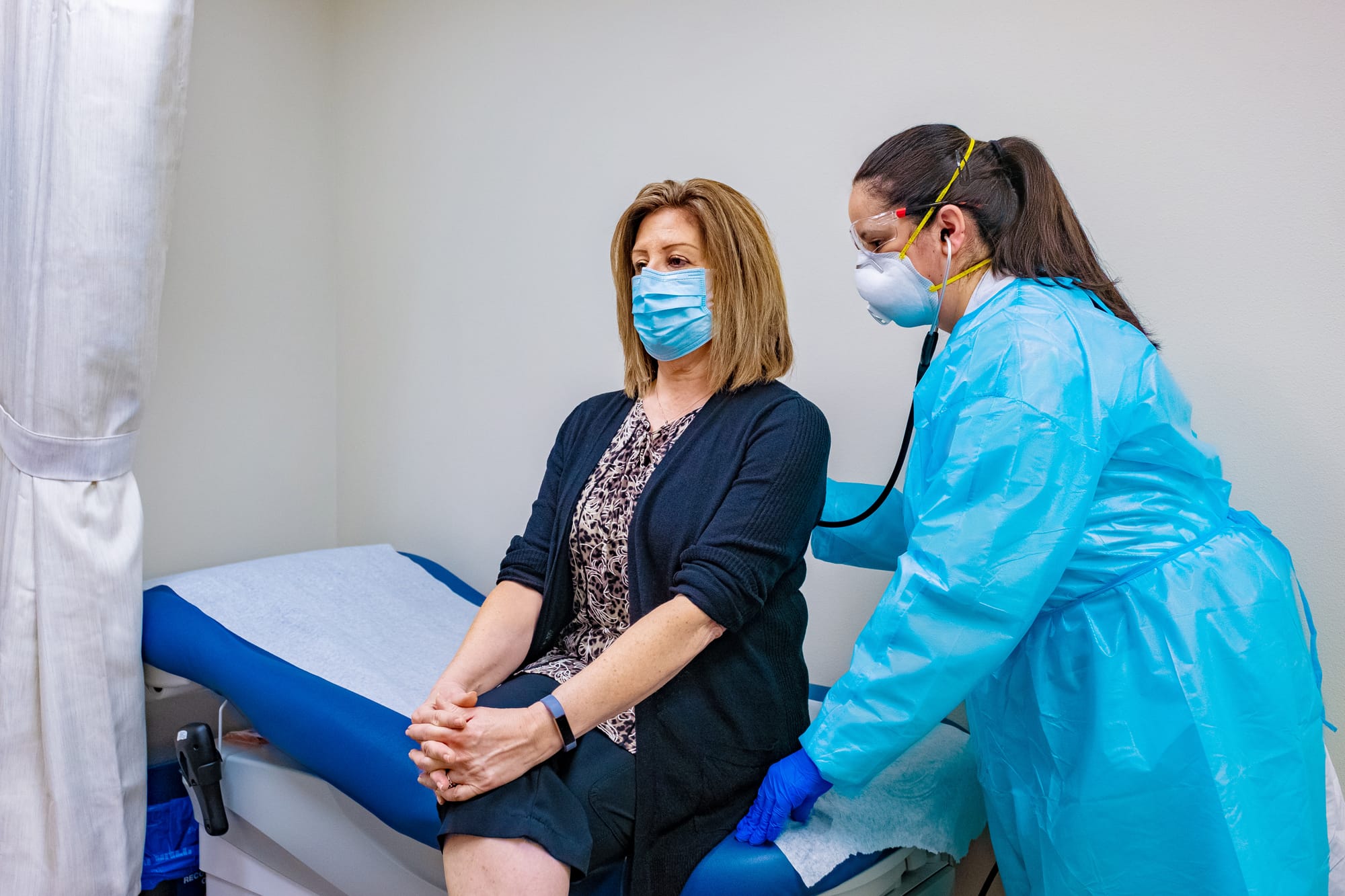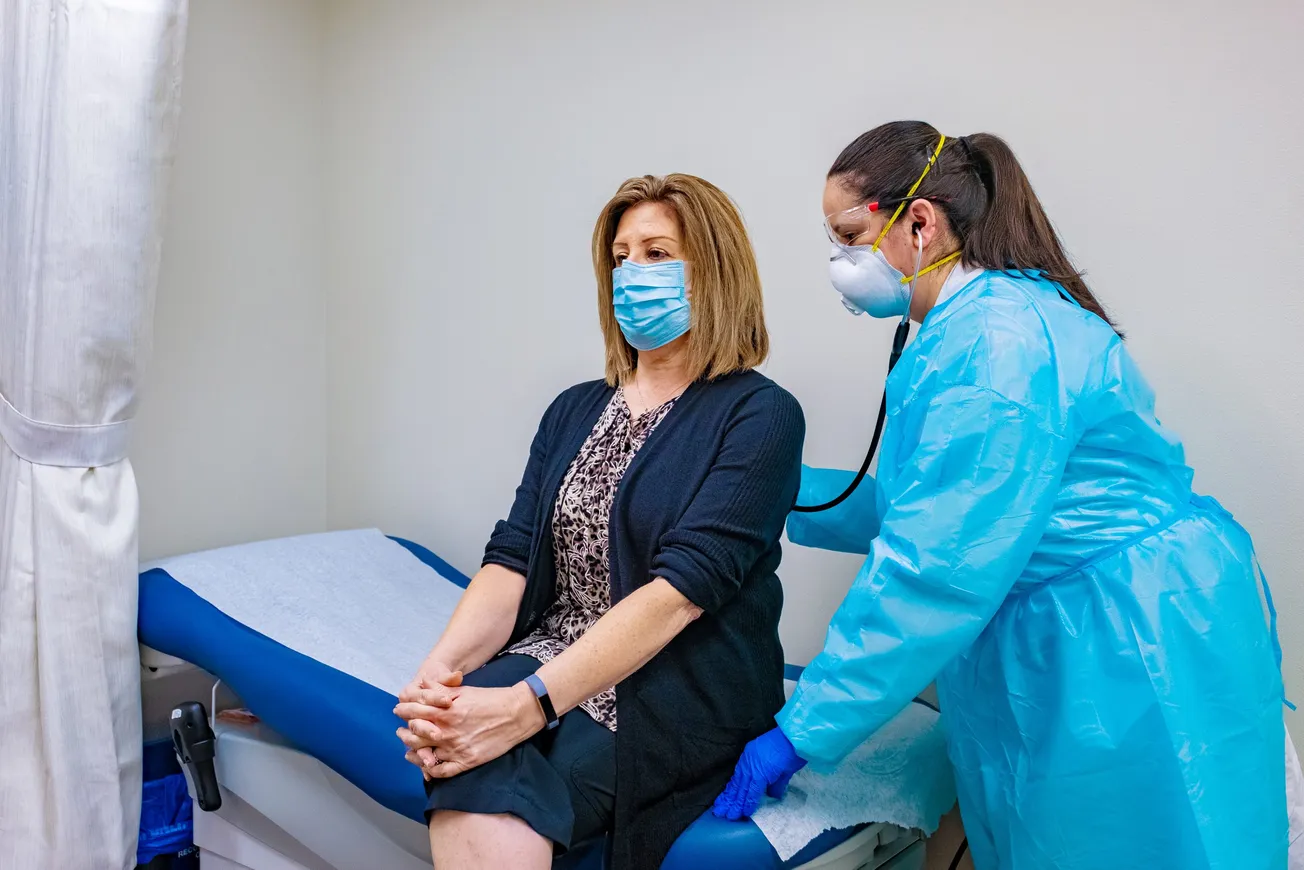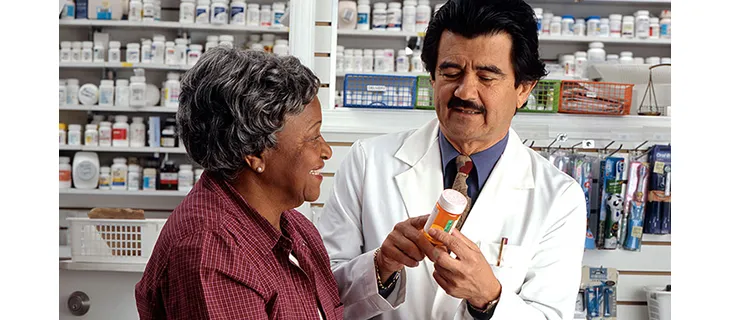By shifting the emphasis from treatment to prevention, the U.S. health care system can help people lead better lives, reduce health disparities and rein in massive expenditures that forestall investment in other urgent societal needs, including education, housing and environmental protection. As has often been noted here, this country spends far more on health care than any other nation and, by many measures, achieves substandard results. One sure means to ensure that the U.S. receives a better return on the investment of more than $4 trillion a year is to give people the tools that can keep them from getting sick in the first place.

“A reboot for preventive care,” a new, well-documented report from CVS Health, makes a forceful case for that position. Conditioned by a system geared to addressing problems after they occur, many Americans forgo potentially life-saving health screenings. The CVS study states that just 8% of Americans take advantage of routine diagnostic testing, even though the majority of them have public or private insurance that allows them to do so.
“Preventive care is about the small things we can do to prevent future problems,” says Dr. David Fairchild, a senior vice president and chief medical officer for retail health at CVS. “It’s really clear: Helping people achieve health and wellness, and get the preventive services they should, has to be a team sport.”
As Fairchild’s comments indicate, CVS, like other pharmacy operators, including Walgreens Boots Alliance, Walmart and Kroger, recognizes that, when it comes to keeping people as healthy as possible, they have an opportunity to prove the old adage that an ounce of prevention is worth a pound of cure. With pharmacies in communities across the country and a high level of trust in the people who staff them, such retailers are ideally situated to provide preventative care and serve as a reliable link to other health care resources.
Sandra Leal, CVS’ vice president of pharmacy practice innovation and advocacy, asserts that the experience of the pandemic changed perceptions of community pharmacy and opened the door for expanding the scope of practice. “The public health emergency showed that pharmacists can do more than simply dispense medications,” she says. “They can be access points for testing, vaccines and even treatment.”
The report cites several examples, well known to people in the profession, of pharmacists taking on additional responsibilities. Members of the profession were given the authority to test patients for COVID-19 and prescribe Paxlovid to combat the virus. Other advances in the scope of practice vary by state, but in some jurisdictions pharmacists can prescribe contraceptives, medications that prevent HIV, smoking cessation drugs and even cholesterol treatments.
The expanded role in health care for pharmacists is complemented by a growing array of other services, including primary care, at CVS, WBA, Walmart and others. Those resources are further supplemented by telehealth and other digital assets. It all adds up to an omnichannel experience in which patients can access help whenever, wherever and however it’s best for them to do so. For instance, in addition to its eponymous pharmacies, CVS operates MinuteClinic, where care is delivered by nurse practitioners and physician assistants; Oak Street Health, where primary care physicians lead diversified care teams; and Signify Health, which delivers care in the home, among other assets.
Community pharmacy is ideally positioned to spearhead the transition from the present health care model to a system that puts prevention first, with the hope that treatment down the line will be minimized. With 40,000 locations, the industry already has the infrastructure to reach people where they live and work, as well as highly trained professionals who can help offset the growing shortage of primary care doctors. The U.S. is expected be 21,000 to 55,000 physicians short of the total needed to meet the primary care needs of the population by 2034, according to the Association of American Medical Colleges — all the more reason to step up efforts to prevent ailments.
Making pharmacy the first line of defense for patients will also limit expenditures. Already the highest in the world, U.S. health care costs are expected to increase substantially. Health care consulting firms project that companies will have to spend 5.5% to 8.5% more on employee insurance coverage in 2024 than they did this year — all the more reason to move preventive services and, when appropriate, treatment, to the lowest-cost point of quality care.









